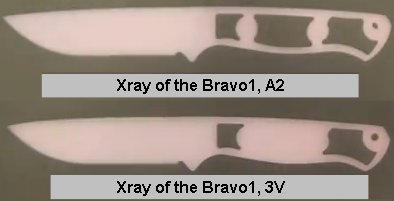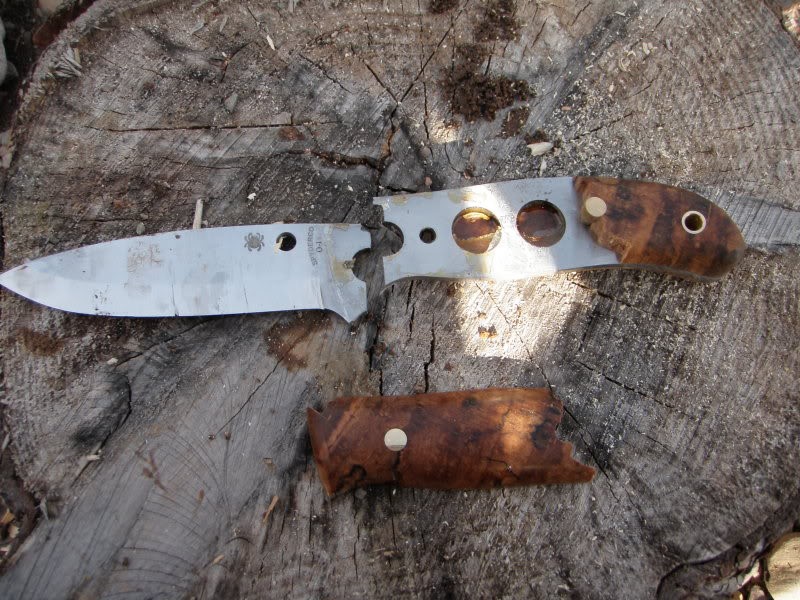- Joined
- Apr 20, 2018
- Messages
- 4,458
Maybe he was talking about under the handle. Removing material under the handle will make the glue up stronger as there is more surface area for the epoxy to bond. I drill holes to lighten the weight and for added surface area during glue up.

Maybe what he was talking about?
That picture is awesome! I was scrolling down on my laptop admiring the lines and uniqueness of each design...Oooo Damascus...Whoa! MONSTER!!! It's like a great white swimming alongside some reef fish.
Uh hum...Sorry, back to the regularly scheduled programming.







